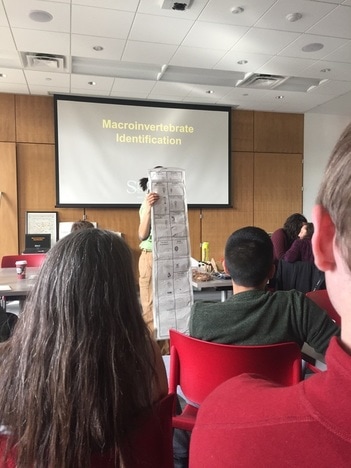 By Lauren Allen, LMDC On Tuesday, we observed an important "Train the Trainers" workshop, supported by the Consortium for Scientific Assistance to Watersheds (C-SAW) and presented by our collaborators from the Stroud Water Research Center's Education Department. The training was held at the newly opened, LEED-certified Frick Environmental Center, which is run by one of our project partners, Pittsburgh Parks Conservancy. The one-and-a-half day training consisted of a presentation of pedagogical and content-based activities and information on how to engage learners and volunteer citizen scientists in understanding and appreciating the importance of aquatic macroinvertebrates, followed by two hands-on macroinvertebrate sampling experiences in different stream habitats in and around Pittsburgh. There were approximately 25 participants in the workshop, representing over 20 different organizations in Pittsburgh that hope to engage the public in learning about macroinvertebrate sampling and water quality monitoring. One thing we are noticing across trainings is different kinds of observation tools different trainers and volunteers use to help them see close up.
Lauren Allen, LMDC
On Saturday, November 12 we observed an advanced macroinvertebrate identification training workshop presented by our partner, Trout Unlimited. The training was very in-depth in its explanation of both the collection procedures and protocols, as well as the level of information and detail provided for learning how to identify macroinvertebrates to the order level, and to quite a few different families of Trichoptera (caddisflies), Megaloptera (hellgramites), and Diptera (flies). By Jen Liu In preparation for the website redesign, we are conducting in-depth background research on existing guides and keys for identifying macroinvertebrates. The goal of this research is helping us develop a framework that maps out the design techniques and learning strategies used to scaffold the identification process, and compare those approaches across multiple sources. This framework and inventory of solutions will help us reference and address challenges in the redesign process. Some of the guides and key we are using for this analysis include:
Our sources were selected to include a diverse range of users from novice identifiers to trained experts. This selection was made to reflect the range of users that we anticipate will be using our website.
For the expansion of this macrovintertebrates.org we've needed to develop a robust content management system that scales to accommodate a more intricate data structure and authoring needs of a larger project team, as well as support new kinds of web interactions and usage tracking. Our new Content and Annotation Tool (CAT), allows the users to input the necessary data for each macroinvertebrate in our collection and locate custom multimedia annotations in a multiscalar image space. Organization was a priority in this redesign because we wanted to make sure that we could keep track of the complex nested hierarchies in taxonomy so that the various diagnostic characters at each level would be attached to each species, and comparable across species. Throughout our design process we received a lot of input and feedback from our entomologists to understand and align the system to the way they understand and organize their data.
Madeline Genco, entomologist
In order to determine which diagnostic characters are most important, I start by going through the Merritt, Cummins, and Berg key, and listing all of the characters for the given taxon. I then delete characters that are used to separate other taxa early on, or characters that are absent and not useful for identification. After I have trimmed this list, the combination of remaining characters gives the correct identification. Often, there is a synapomorphy (uniquely shared character) present, something that is characteristic of just that taxon, and not present in other groups, this character alone can be used for identification; so I try to focus on those. For example, the caddisfly family Lepidostomatidae is the only family where the larvae have the antennae (circled in red below) positioned directly next to the eye. If I see this, I know right away it is Lepidostomatidae, and I don’t have to go through the key. |
Project TeamAn interdisciplinary team Categories
All
Archives
June 2023
|

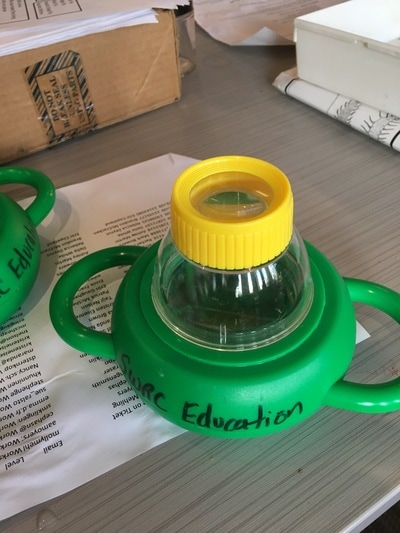
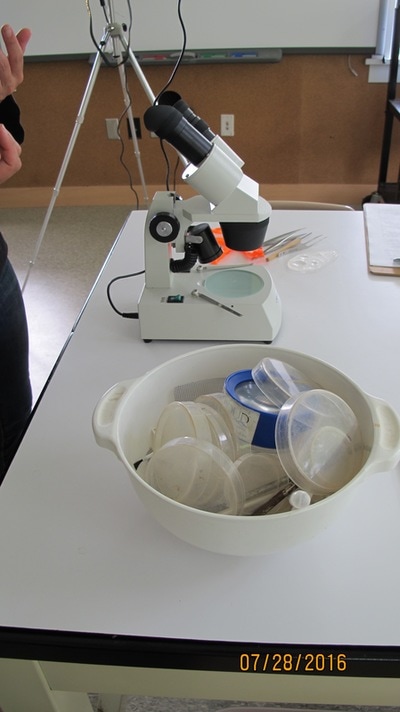
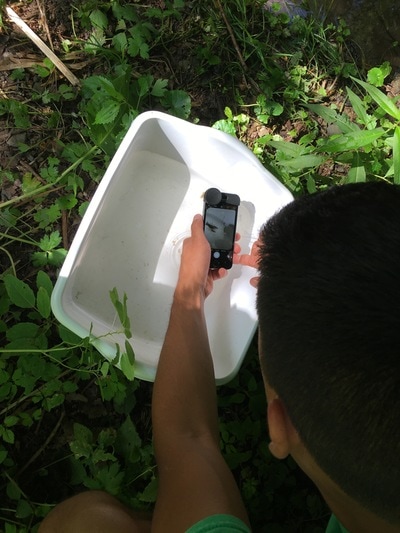
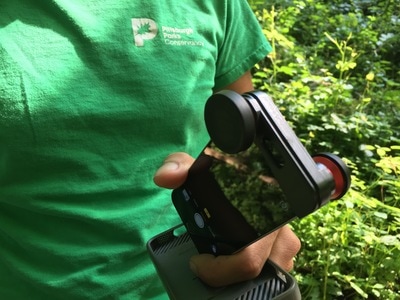
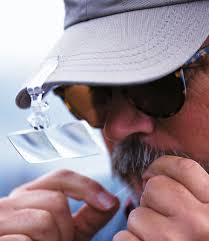
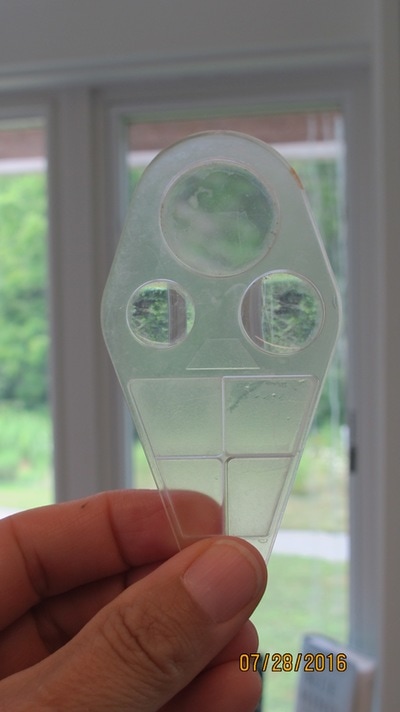
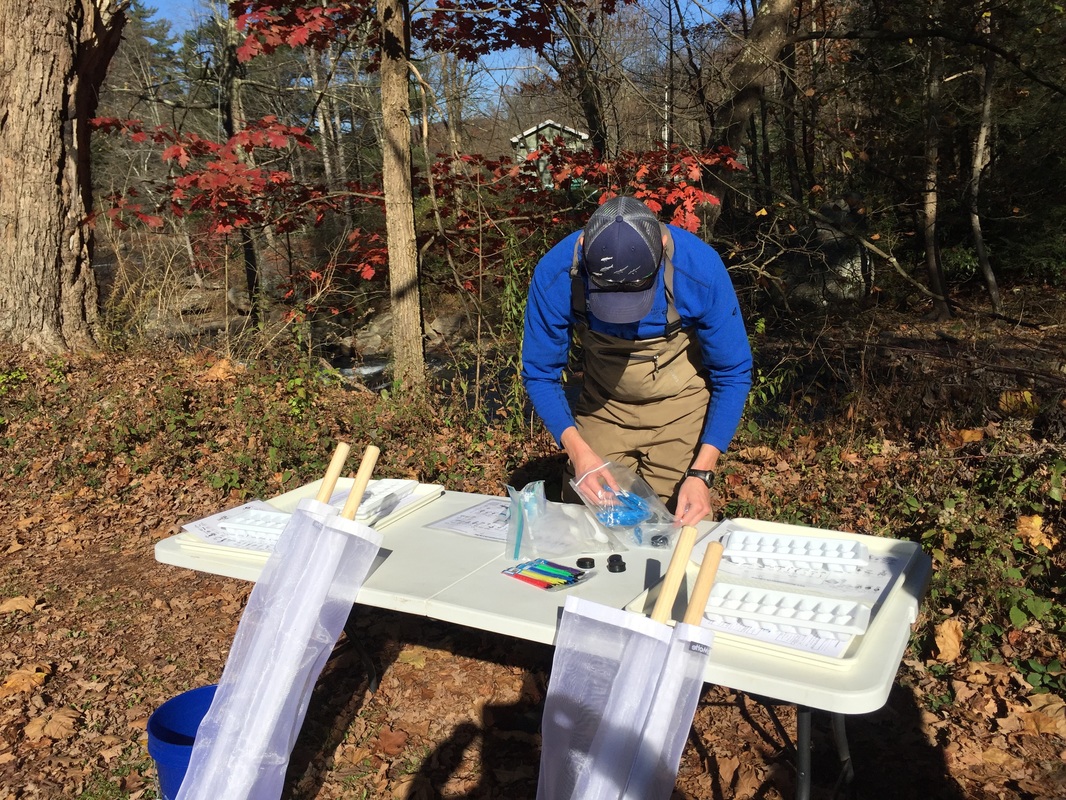
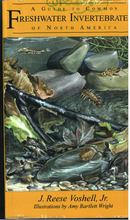
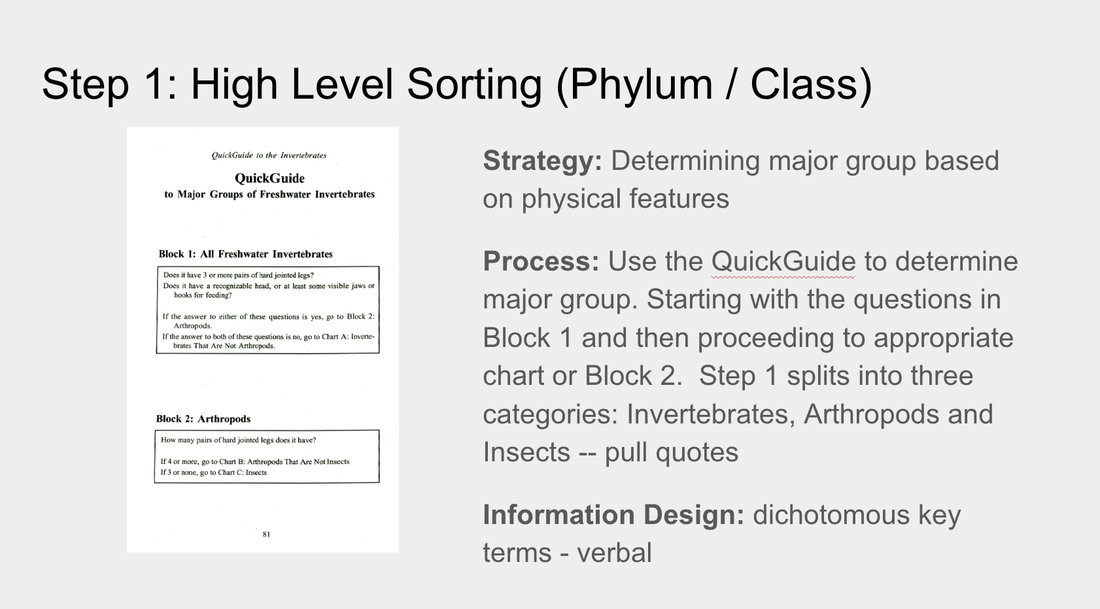
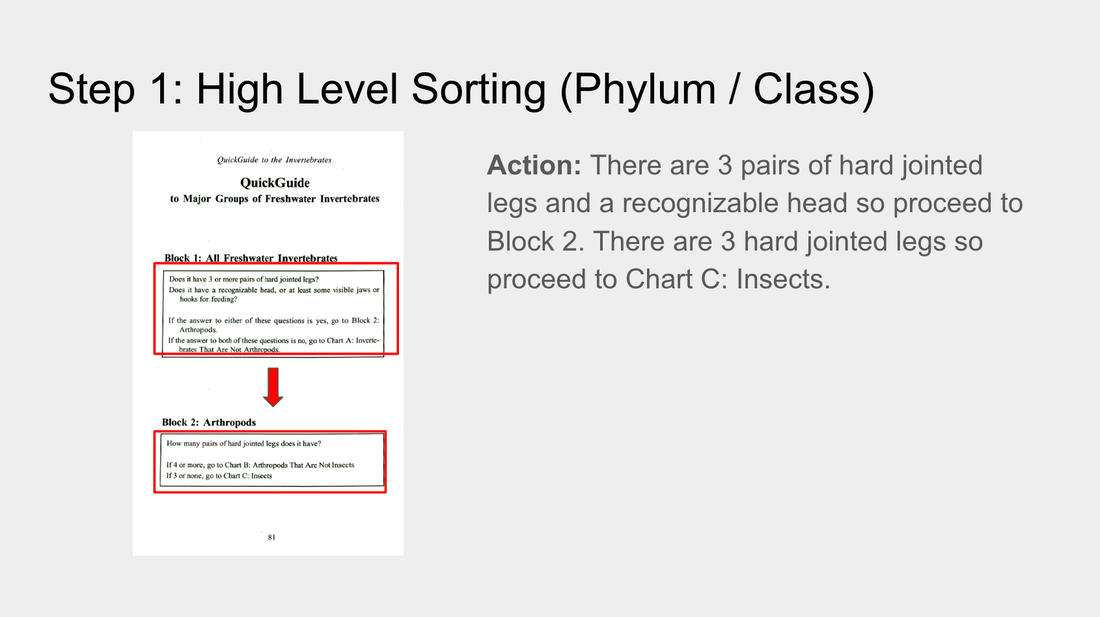
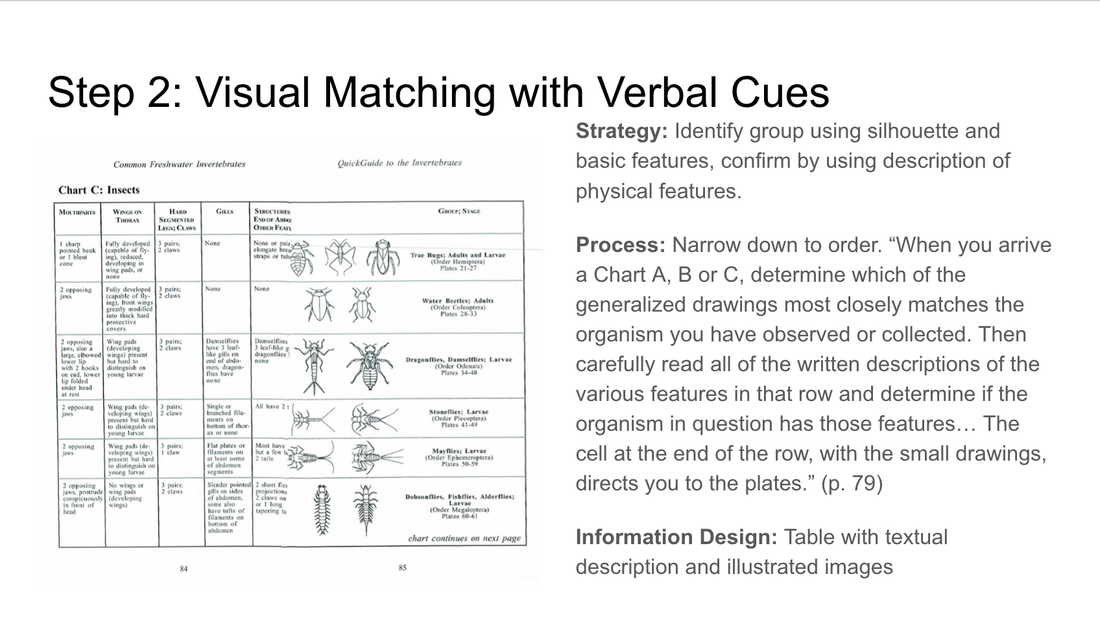
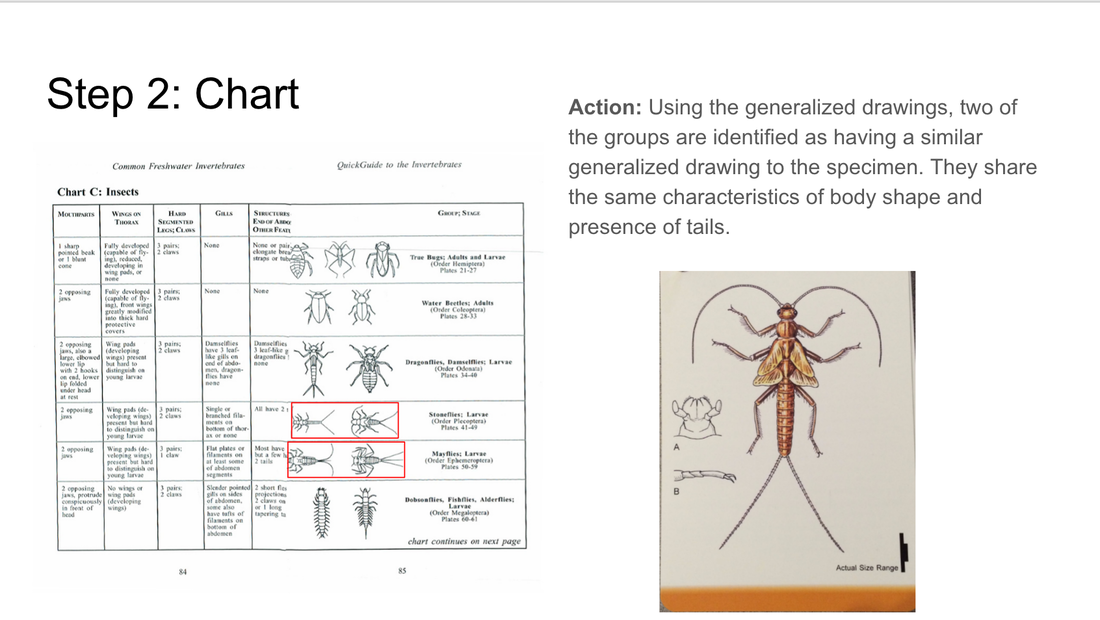
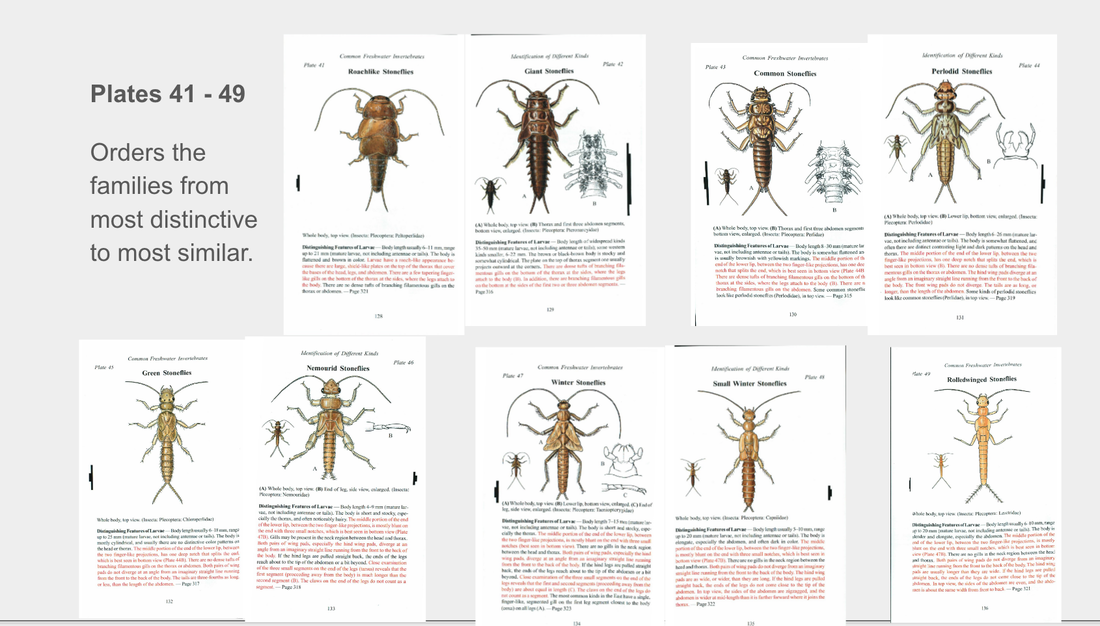
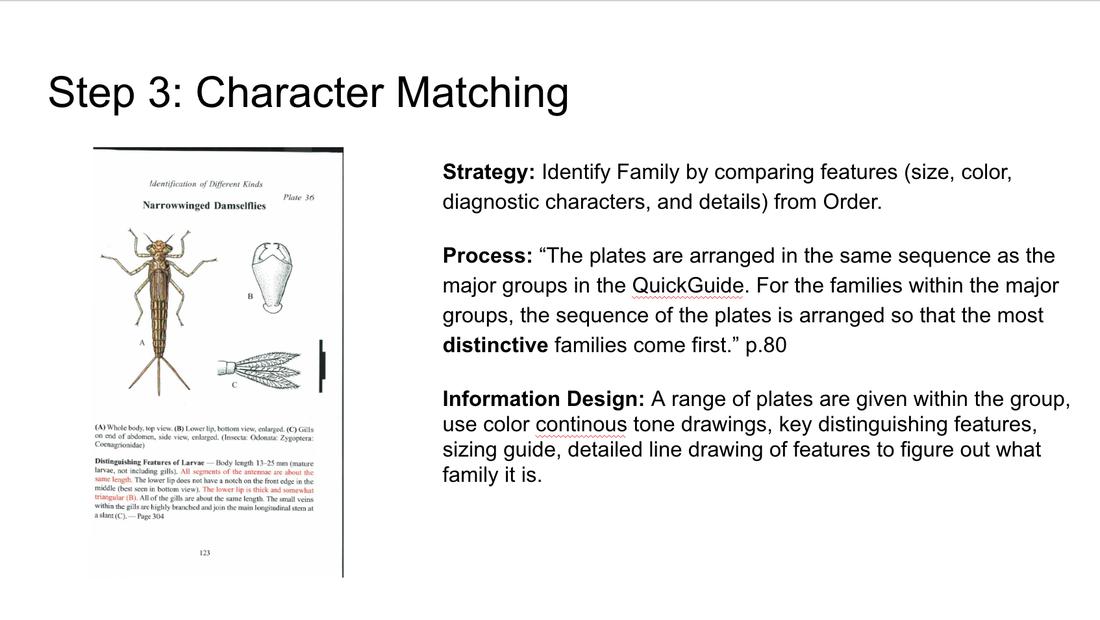
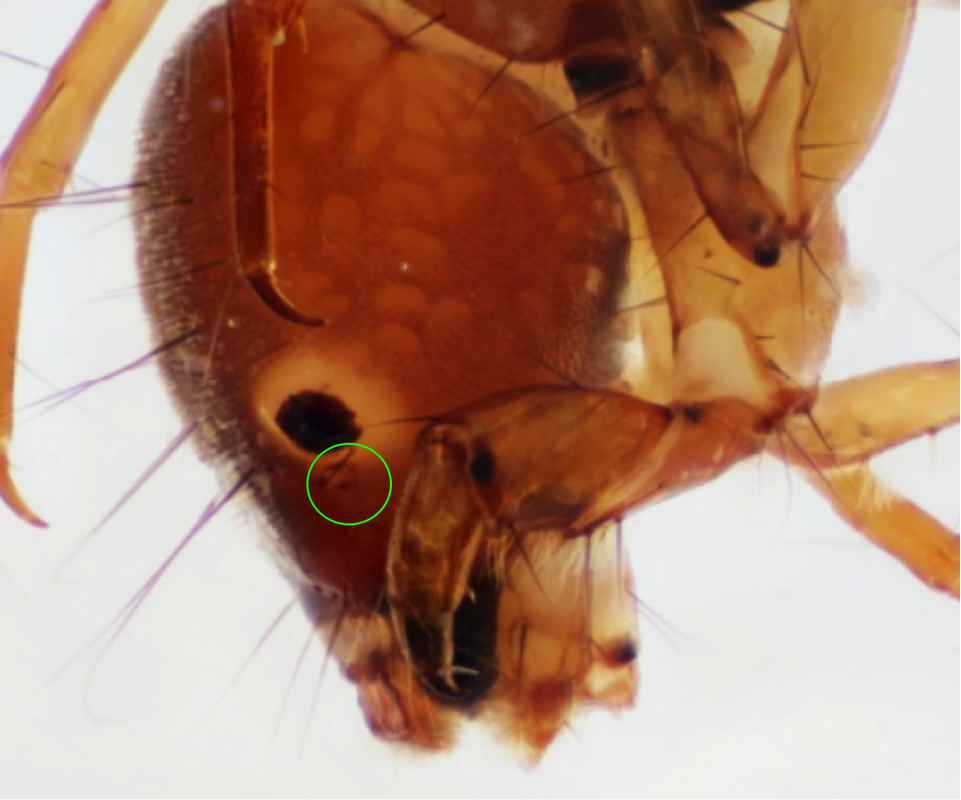
 RSS Feed
RSS Feed
